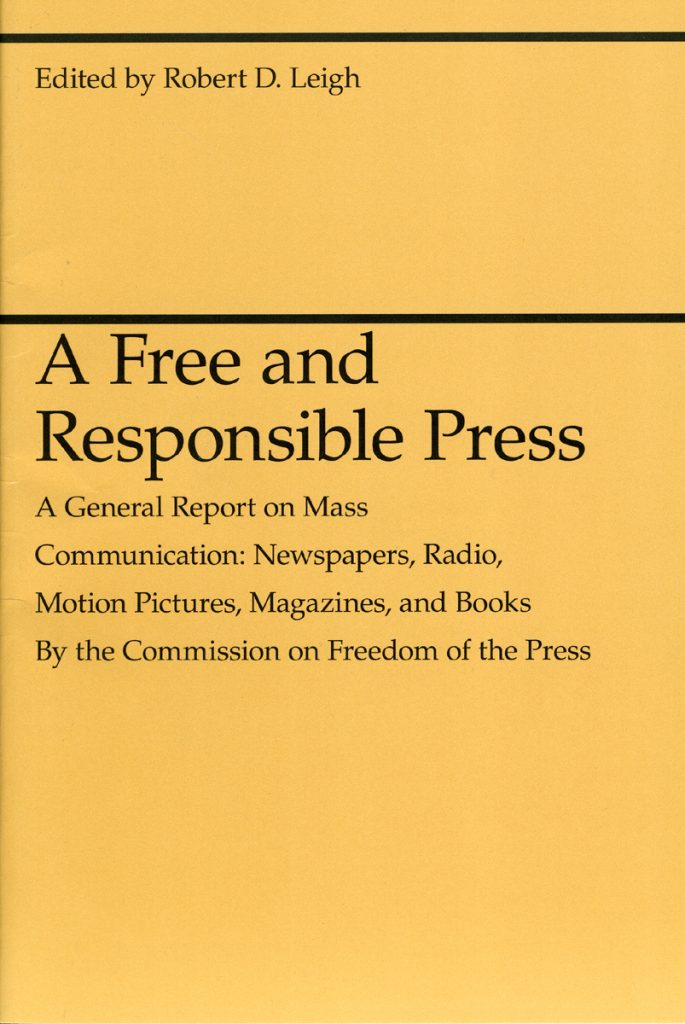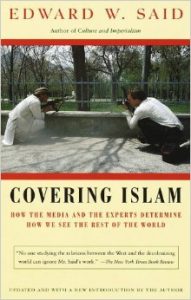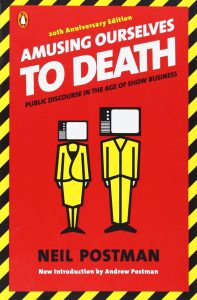In A Free and Responsible Press, Robert D. Leigh examined the report about the Commission on Freedom of the Press and discussed how the report evaluated the media on their responsibilities of helping Americans form their public opinion. The Commission, formed in 1942, discussed “the responsibilities of owners and managers of the press and their obligations to the press” (vii). The Commission argued that a “civilized society is a working system of ideas” (vii). The “agencies of mass communication” must show “hospitality to ideas which their owners do not share” (viii). “A press unhindered by the government can contribute to freedom” (253).
The Commission explained the dangers and the principles of the press. As the press continued to grow, it decreased “the proportion of the people who could express their ideas” (1). Users of the press did not serve the needs of society. Directors of the press began to “engage in practices that would lead to regulation or control” of the press (1). These “dangers” limited the idea of a free society for men “to gain knowledge of the world and of one another” (4). “Freedom of the press is essential to political liberty. Where freedom of expression exists, the beginning of a free society and a means for every extension of liberty are already present” (6). A free society must include public discussion. Public discussion “elicits mental power and breadth; it is essential to the building of a mentally robust public” (9). The government “must set limits on its capacity to interfere, regulate or suppress the voices of the press or to manipulate the data on which public judgment is formed” (8).
The press must incorporate accuracy in providing information to society. The press should “provide society with a “truthful, comprehensive and intelligent account of the day’s events in a context way which gives them meaning” (20). The press must “serve as a forum for the exchange of comment and criticism, project the opinions and attitudes of the groups in the society to one another, present and clarify the goals and values of society and gain full access to the day’s intelligence” (21, 23, 27, 28). Media coverage must represent the area. In Killing the Messenger, Tom Goldstein explained how the media “failed to report adequately on the causes and consequences of the disturbances” of the 1967 Negro race riots (254). The media overplayed violence and gave too much time to emotional events and militant leaders. Reporters and editors “failed to evaluate and present the news” (256). The press must practice “responsible performance” in making sure repeated images totally represent the social group” (26).
New instruments and technology “increased the range, variety and speed of mass communication” (30). Technology led to the rise of big business operations and created “greater diversity of communication” (36). The communication revolution, however, decreased “the number of units” to communicate (37). “76 chains — national, regional, and local — owned 375 dailies altogether, or 25 percent of all English-language dailies” (43). Eight major motion picture companies controlled the “theaters in the best city locations with the largest audiences, the highest admissions and the longest runs” (42). Companies sought the advantages to “operate on a large scale using new technology” (48). Thus, the rise of monopolistic practices “made it hard for new ventures to enter the field of mass communication” (49).
“Private enterprise” altered the “performance” of the press in society. The press “emphasized “the exceptional than the representative, the sensational rather than the significant” to attract the maximum audience (55). The press, according to Leigh, is “caught between its desire to please and extend its audience and its desire to give a picture of events and people as they really are” (57). In the 1967 race riots, newspapers “printed more stories dealing with disorders or racial troubles in other cities” (261). Television reporters “overplayed stories, displayed speculation about rumors, stressed interviews with whites in predominantly Negro neighborhoods and emphasized control scenes rather than riotous action” (263).
The Commission believed the press should “self-regulate itself for the performance in the public interest” (69). Groups, such as the Motion Picture Association of America and the Federal Communication Commission, regulated television and radio. The American Newspapers Publishers Association represented newspaper owners and the American Society of Newspaper Editors “adopted a code of ethics for newspaper editors” (74). The “code of ethics” made them responsible “carriers of news and discussion” (74). In other mediums, such as books and magazines, self-regulation did not exist. Professionalization served as an important tool for public service. Unlike in professions, such as law and medicine, mass communication “lacked the responsibility of personal responsibility” (77).
The Commission proposed “13 recommendations for the government, the press and the public. According to Goldstein, the press should incorporate information officers, general guidelines and codes and an Institute of Urban Communications. These recommendations “taken together, give some indication of methods by which the press may become accountable and, hence, remain free” (105).



